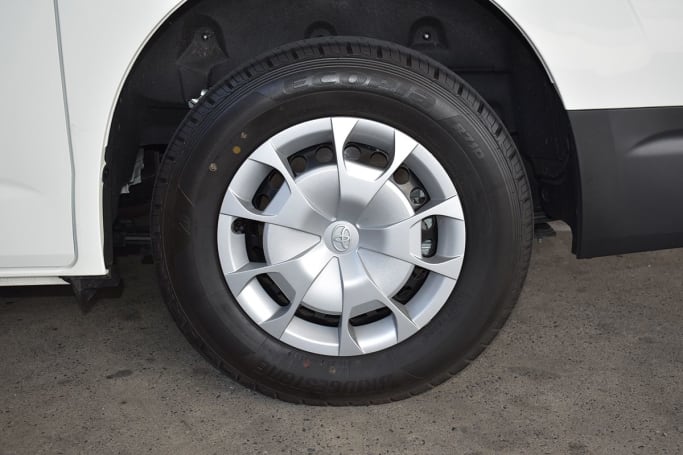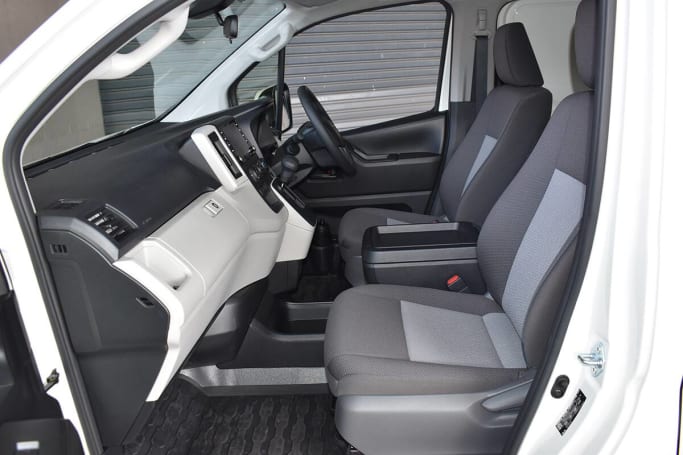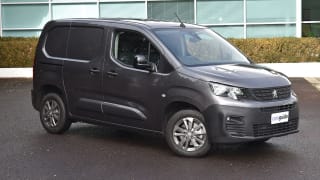Our test vehicle is the LWB (Long Wheel Base) powered exclusively by Toyota’s well proven 2.8 litre four-cylinder turbo-diesel. It’s available with either standard six-speed manual or optional six-speed automatic, like our example.
Painted in standard 'French Vanilla', it has a list price of $46,760, plus on-road costs, but ours is fitted with the new $750 Barn Door option which bumps the list price to $47,510.
It’s available on all LWB and SLWB (Super Long Wheel Base) variants except for the HiAce Crew, HiAce Commuter and LWB manual versions.
Our test vehicle is also the Panel Van variant, which means a buyer can order a full-panel left-hand side sliding door instead of the standard windowed version at no extra cost.
The HiAce comes ready for hard work on sturdy 16-inch steel wheels with replaceable plastic covers and 215/60R16 tyres plus a full-size spare, along with a large centre console offering a variety of storage options.

There are also useful creature comforts in the two-seater cabin like a tilt-and-reach adjustable leather-accented steering wheel, driver’s seat adjustable lumbar support, manual air-con, two 12-volt cabin accessory sockets, folding/heated exterior door mirrors with indicators, and more.
The two-speaker multimedia system has a big 8.0-inch touchscreen plus steering wheel audio controls and 'DAB+2' digital radio.
Multiple connectivity options include Apple CarPlay/Android Auto, Siri voice recognition, Bluetooth, sat-nav and 'Toyota Connected Services', which includes an app for mobile phones and safety/security functions like 'Stolen Vehicle Tracking', 'Automatic Collision Notification', 'SOS Emergency Call', and more.


















